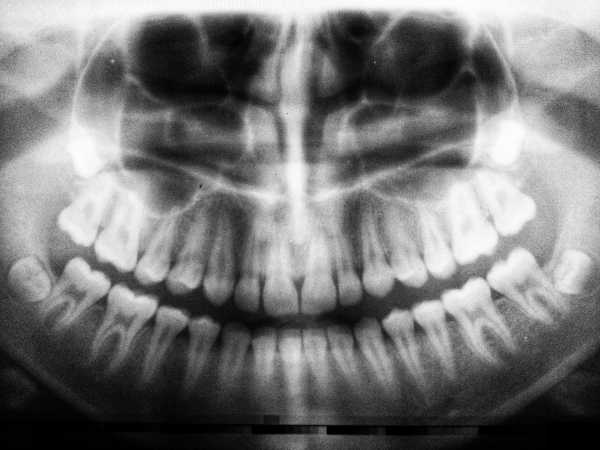
When we think of teeth, we most often picture the hard, pearly-white parts that brighten up the smile. However, there’s much more to our teeth than what’s visible on the surface. Deep inside of each one lies a network of tiny, cavern-like passages called canals, which contain sensitive living tissue including blood vessels and nerves. When this area gets infected by bacteria, either through decay or trauma, the nerve tissue must be removed in order to prevent the infection from spreading further and becoming more serious. This can be done one of two ways: through extraction or endodontics, otherwise known as a root canal. A root canal removes the dead nerve tissue and replaces it with a latex material known as “gutta percha”. This enables the body to heal and preserves the root of the tooth inside the jaw. A crown is then made to protect the remaining part of the tooth above the gum line, as removing the nerve from the tooth causes the tooth to become brittle and crack if left without a crown.